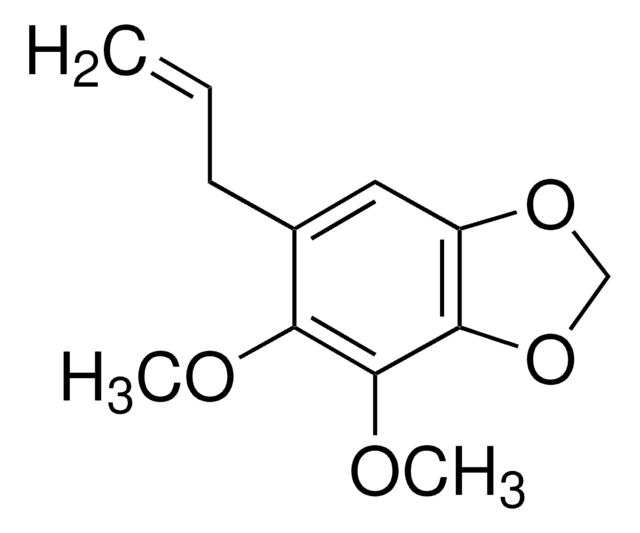PS306
4-(2,4-Dichlorophenoxy)butyric acid
analytical standard
Synonym(s):
2,4-DB
About This Item
Recommended Products
grade
analytical standard
packaging
pkg of 250 mg
manufacturer/tradename
Chem Service, Inc. PS-306
technique(s)
HPLC: suitable
gas chromatography (GC): suitable
mp
118-120 °C (lit.)
application(s)
agriculture
environmental
format
neat
SMILES string
OC(=O)CCCOc1ccc(Cl)cc1Cl
InChI
1S/C10H10Cl2O3/c11-7-3-4-9(8(12)6-7)15-5-1-2-10(13)14/h3-4,6H,1-2,5H2,(H,13,14)
InChI key
YIVXMZJTEQBPQO-UHFFFAOYSA-N
Looking for similar products? Visit Product Comparison Guide
Application
signalword
Warning
hcodes
Hazard Classifications
Acute Tox. 4 Oral - Aquatic Chronic 2
Storage Class
11 - Combustible Solids
wgk_germany
WGK 2
flash_point_f
Not applicable
flash_point_c
Not applicable
ppe
dust mask type N95 (US), Eyeshields, Gloves
Choose from one of the most recent versions:
Certificates of Analysis (COA)
Sorry, we don't have COAs for this product available online at this time.
If you need assistance, please contact Customer Support.
Already Own This Product?
Find documentation for the products that you have recently purchased in the Document Library.
Our team of scientists has experience in all areas of research including Life Science, Material Science, Chemical Synthesis, Chromatography, Analytical and many others.
Contact Technical Service







